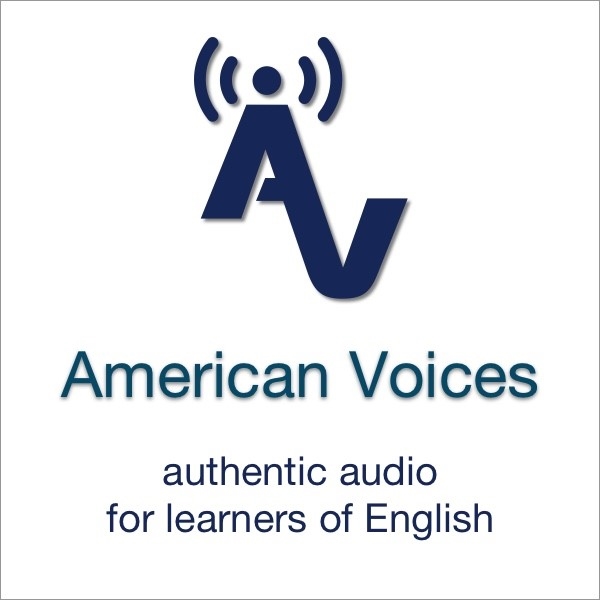Arizona 2
Listen to Arizona 2, a 62-year-old woman from Nogales, Arizona, United States. Click or tap the triangle-shaped play button to hear the subject.
Both as a courtesy and to comply with copyright law, please remember to credit IDEA for direct or indirect use of samples. IDEA is a free resource; please consider supporting us.
BIOGRAPHICAL INFORMATION
AGE: 62
DATE OF BIRTH (DD/MM/YYYY): 11/06/1948
PLACE OF BIRTH: Nogales, Arizona
GENDER: female
ETHNICITY: Latina/Chicana
OCCUPATION: administrative assistant
EDUCATION: associate degree
AREA(S) OF RESIDENCE OUTSIDE REPRESENTATIVE REGION FOR LONGER THAN SIX MONTHS:
The subject has lived in various cities in southern Arizona.
OTHER INFLUENCES ON SPEECH: N/A
The text used in our recordings of scripted speech can be found by clicking here.
RECORDED BY: Micha Espinosa
DATE OF RECORDING (DD/MM/YYYY): 15/07/2010
PHONETIC TRANSCRIPTION OF SCRIPTED SPEECH: N/A
TRANSCRIBED BY: N/A
DATE OF TRANSCRIPTION (DD/MM/YYYY): N/A
ORTHOGRAPHIC TRANSCRIPTION OF UNSCRIPTED SPEECH:
Well, let’s see. I can tell you about our recent trip to San Diego. My husband and I took our two older granddaughters to San Diego to SeaWorld. And my oldest granddaughter is just crazy about anything animal – fish, what-have-you – she loves it. And the younger one was in love with, uh, aerials. You know, they make that connection, and I knew that they would love being at San Diego, and seeing the ocean for the first time, and we went and we had a wonderful time. The four of us went, uh, during the fall break, which is a wonderful time to be in San Diego. And, uh, we liked staying at Mission Bay, so we stayed at the point; they loved the hotel, and they would get up early in the morning and go walking around the, the, uh, it kind of sits on a little bayou you know and there’s the, uh, the water all around and, u,h take them up to [Cabriel] Point, and of course just Sea World, which they just loved. And, uh, we just had a wonderful time. We love spending time with them anyway. There was a family tradition among us, among a lot of Mexican families, and my mother, all of my, her daughters – there were four of us – would get together at the early part of December to make tamales. And, towards the end we would buy the mixed tamale, so it’s all ready prepared. And uh, it’s, a, she wouldn’t knead it and we would, uhm, form a line. I always got, I always had that nasty job of cleaninglas ojas, you know? You put them in the warm water so that they get, uh – they’re really hard – so that they’re flexible, and then we would form a line and then some of us would spread the uh the flour mixture, the corn mixture on it. And she would prepare the meat, usually that would be like pork and, and, and beef together, and you cook it in [Spanish] and, um, do the chili, she’s great at making chili. It’s like Italian food, the sauce has to be great; with Mexican food the chili’s got to be just right. And a lot of people like it different ways but we only put uh black olives in it. And we would spread it, and then some of us would put the meat, and then we’d fold them and put them together. And then we got smart after awhile, and would wrap them in the individual little parchment papers because then it wouldn’t make a big mess and then we would – oh, we would make like twenty dozens or something like that, and put them in the freezer, you know in bags, and we’d need to count them and, uh, number the bags so we would know how many we made. And then they’d be ready to go and at Christmas time on Christmas Eve you take them out and you’d cook whatever.
TRANSCRIBED BY: Micha Espinosa
DATE OF TRANSCRIPTION (DD/MM/YYYY): 15/07/2010
PHONETIC TRANSCRIPTION OF UNSCRIPTED SPEECH: N/A
TRANSCRIBED BY: N/A
DATE OF TRANSCRIPTION (DD/MM/YYYY): N/A
SCHOLARLY COMMENTARY:
Subject’s accent is not heavy, but one can hear nasality and strong R sounds in words like “her,” “years,” and “sisters.” Note her pronunciation of Mexicahn.
COMMENTARY BY: Micha Espinosa
DATE OF COMMENTARY (DD/MM/YYYY): 15/07/2010
The archive provides:
- Recordings of accent/dialect speakers from the region you select.
- Text of the speakers’ biographical details.
- Scholarly commentary and analysis in some cases.
- In most cases, an orthographic transcription of the speakers’ unscripted speech. In a small number of cases, you will also find a narrow phonetic transcription of the sample (see Phonetic Transcriptions for a complete list). The recordings average four minutes in length and feature both the reading of one of two standard passages, and some unscripted speech. The two passages are Comma Gets a Cure (currently our standard passage) and The Rainbow Passage (used in our earliest recordings).
For instructional materials or coaching in the accents and dialects represented here, please go to Other Dialect Services.
 IDEA: International Dialects of English Archive
IDEA: International Dialects of English Archive



